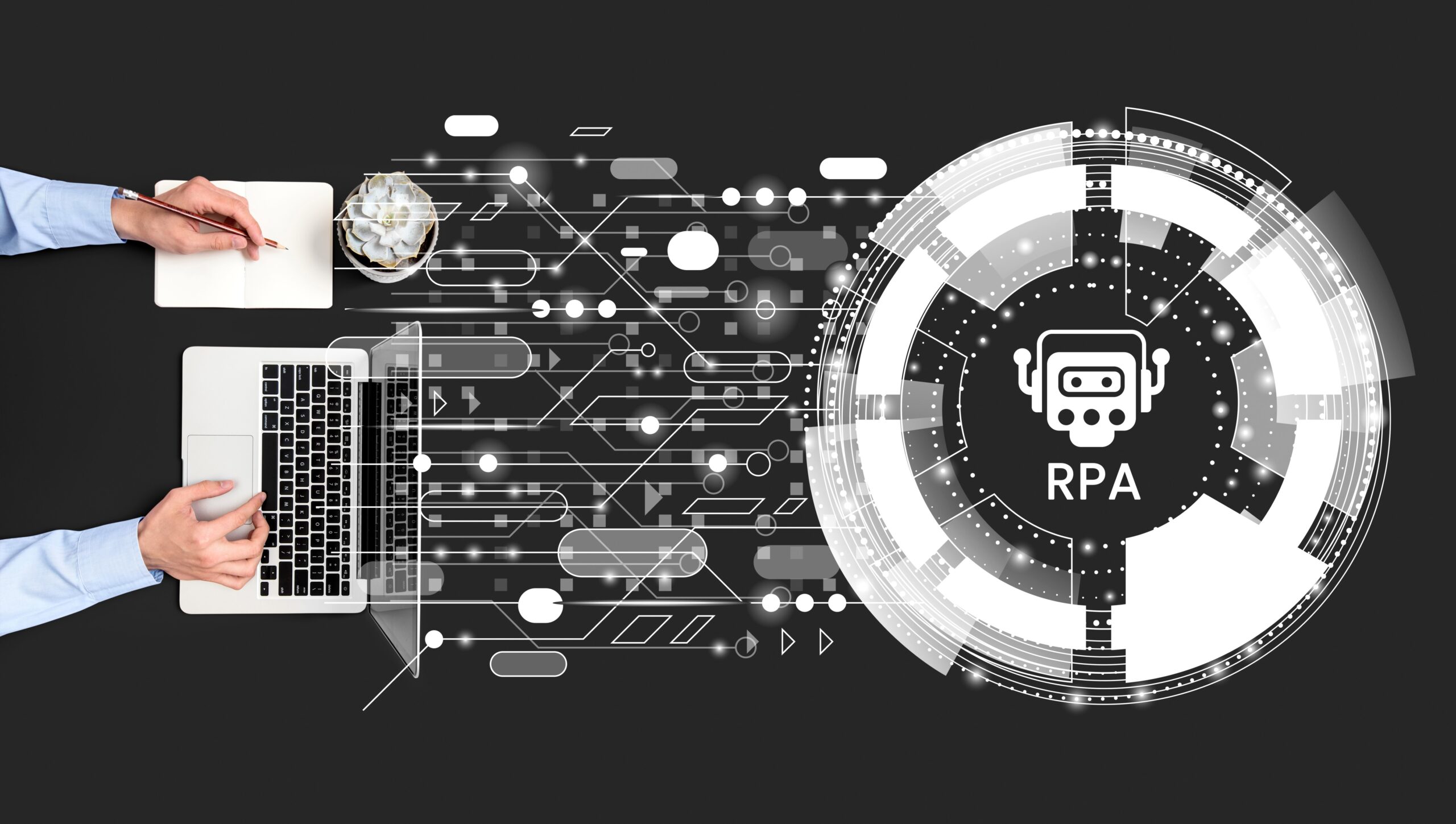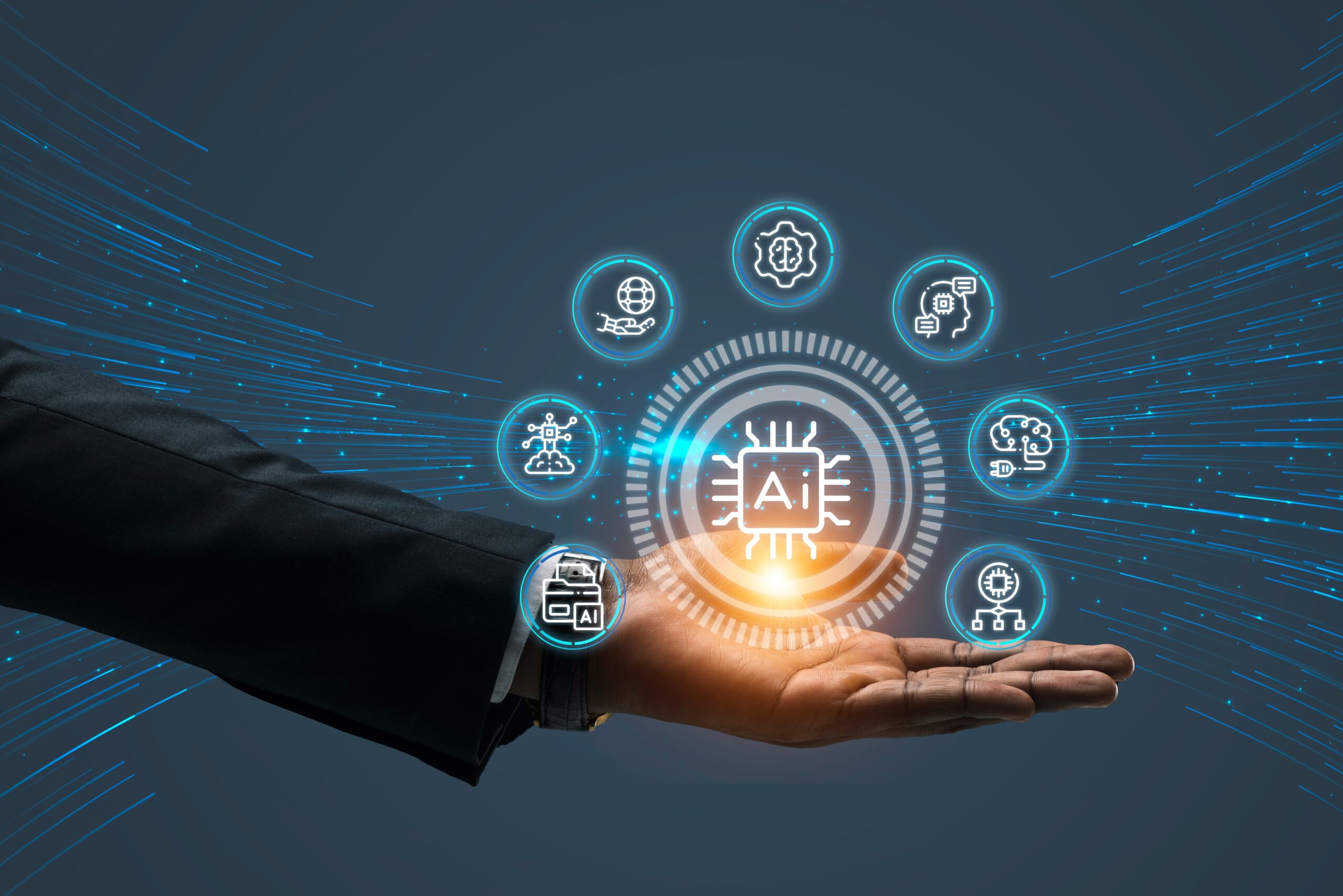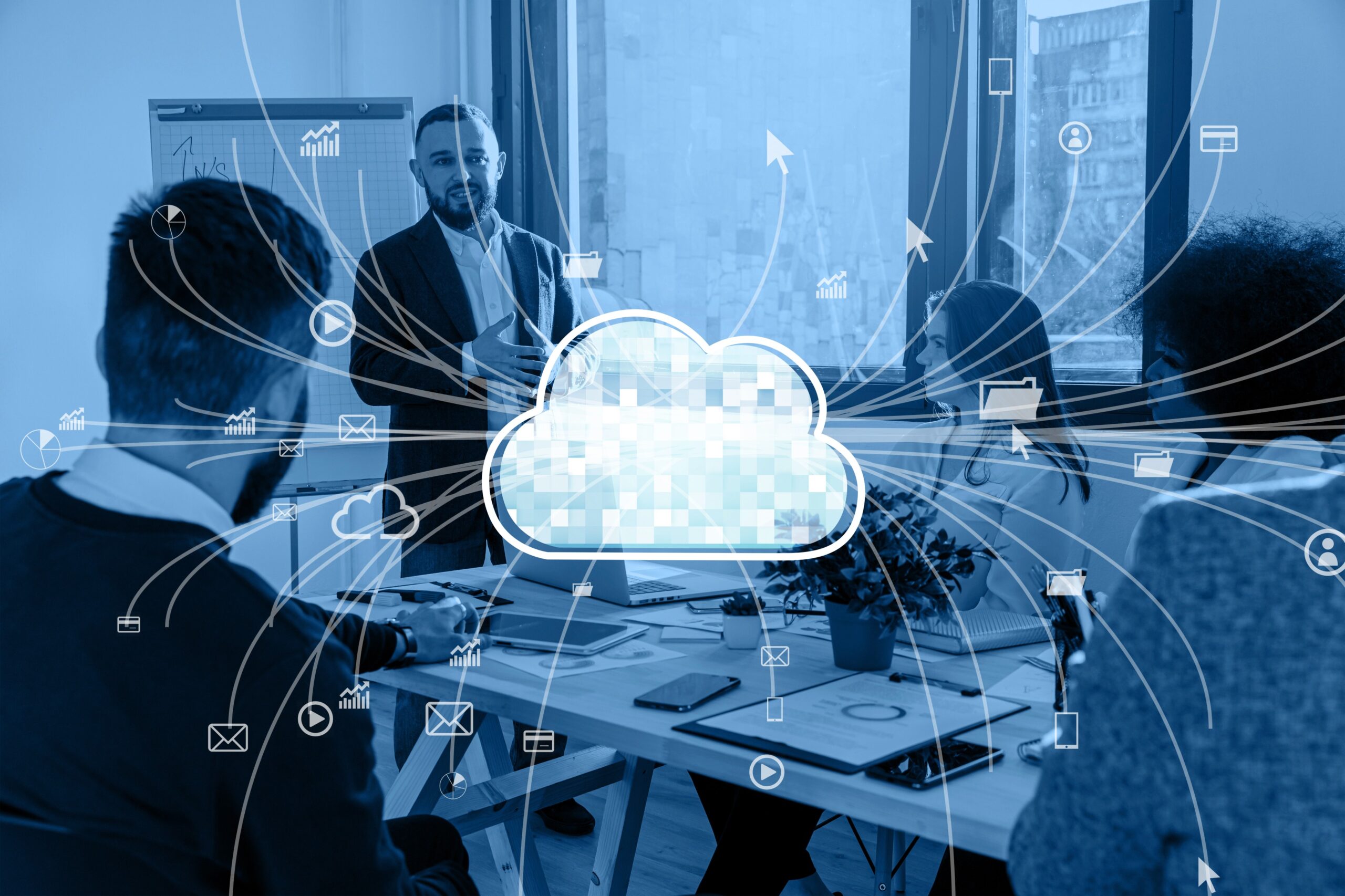
The way organizations handle their business processes has changed dramatically in recent years with the introduction of Robotic Process Automation, which performs repetitive and rule-based tasks with high efficiency and reduced errors. However, RPA can be integrated with other technologies for a better impact. Hyper automation refers to the integration of multiple automation technologies, including RPA, AI, process mining, and other tools, to automate end-to-end business processes. Here are several technologies that can be integrated with RPA for enhanced effectiveness:
1. ML/AI integration with RPA
Have you ever wished for a robot that reviews movies or provides marketing advice to support financial decisions? Days aren’t far to witness these and even more sophisticated automation solutions. By integrating RPA with AI and ML, intelligent systems with the capability for customized recommendations can be built. RPA can automate the data collection, scrape information and consolidate it into a centralized database, and perform data processing tasks to extract and transform information, which AI systems can use for advanced capabilities such as cognitive abilities, natural language processing, image recognition, sentimental analysis, and predictive analytics.

Let’s see an example of improved customer service with ML/AI integration with RPA – Integration of RPA with AI-powered sentiment analysis tools analyses customer feedback from sources like social media, surveys, or online reviews. By understanding customer sentiment and feedback, RPA bots trigger actions such as escalating customer complaints, establishing priority to responses, or identifying areas for improvement in products or services.
Another example is a bot planning a vacation. By gathering user preferences like travel dates, desired destinations, budget, accommodation preferences, and activities of interest, using AI algorithms, the bot can recommend suitable destinations. Also, it can provide booking assistance, and travel information to the user, such as visa requirements, weather conditions, local customs, and transportation options. The bot can also help with navigation, language translation, and emergency contacts. By leveraging the ability of continuous learning, the bot can learn from user interactions and feedback to improve its recommendations and accuracy over time.
2. Chatbots and Virtual Assistant Bots
Integrating RPA with chatbots or virtual assistants enables organizations to automate customer service interactions, internal help desk support, and other communication-based processes. RPA can handle repetitive tasks such as answering frequently asked questions, updating customer information, or routing requests to the appropriate department. This integration enhances customer experiences and reduces response times.

3. Internet of Things (IoT) and RPA
Nowadays, IoT devices are everywhere around us. Some common examples include smart home devices like smart thermostats, intelligent refrigerators, and connected televisions, smart wearables like fitness trackers, watches, and earbuds and medical devices like internet-connected heart monitors, and blood sugar sensors, internal sensors and security devices like smart home security cameras and audio recording devices in residential, commercial and industrial spaces and so on. The applications of RPA are vast when integrated with IoT devices.
Consider a bot enabled to alert the nearest medical professionals or initiate emergency response protocols when a patient’s (equipped with an IoT wearable medical device) vital signs indicate a medical emergency. This is possible if the patient data, such as heart rate, blood pressure, and glucose levels collected by IoT devices can be fed to a bot, which can process this data in real-time and identify critical situations to trigger automated actions.
Another possible example in the agricultural sector is to use IoT sensors to monitor soil moisture, temperature, and weather conditions in agricultural fields. RPA bots attached to the sensor can analyze this data and automate irrigation systems, adjust fertilizer application rates, or provide recommendations for optimal planting or harvesting times. This helps optimize crop yield, conserve resources, and improve agricultural efficiency.
Thus, by integrating IoT devices with RPA, organizations can collect data from IoT devices, trigger actions based on predefined conditions, and perform automated tasks such as adjusting environmental settings, monitoring equipment performance, or initiating maintenance requests. This integration improves operational efficiency and enables real-time monitoring and control.
There are many other possible applications using RPA like automatically triggering replenishment orders and procurement processes when the stock of inventory reaches a threshold level; doing smart home automation by adjusting temperature settings, switching on/off lights, and monitoring security cameras based on predefined rules and triggers.
4. Optical Character Recognition (OCR) and RPA Integration
OCR technology enables RPA systems to recognize and extract useful information from scanned documents or images. By integrating OCR with RPA, organizations can automate data entry tasks that involve processing large volumes of physical or digital documents. This integration eliminates the need for manual data entry, reduces errors, and improves process speed.
OCR technology is currently being integrated with RPA widely for invoice processing, document classification, form processing, extraction and verification of legal documents/contracts, automated data entry, and so on.
These may look simple at the moment but have many more applications in the future. For instance, a product integrating RPA and OCR might handle the entire recruitment process of a firm, starting from resume collection, screening, skill matching, candidate data entry, interview scheduling, and candidate background verification to onboarding. This reduces the manual effort and highly accelerates the hiring process.
5. RPA with Process Mining and Analytics
Process mining and analytics are two complementary techniques used to gain insights into how processes are executed by analyzing the event logs in an organization and optimizing business processes. Based on the insights gained from process mining, RPA developers can design and configure RPA bots to automate specific tasks within the identified processes, which are repetitive, and time-consuming when implemented manually.
By integrating RPA with process mining and analytics tools, organizations can identify bottlenecks, inefficiencies, and areas for improvement within their automated processes. This integration provides valuable data-driven insights, enabling organizations to optimize their workflows and achieve continuous process improvement.
6. Robotic Desktop Automation (RDA) Bots
RDA focuses on automating tasks at the user interface level, mimicking human interactions with desktop applications. By integrating RDA with RPA, organizations can automate end-to-end processes that involve both back-end systems and user interfaces. This integration allows for seamless automation across multiple applications, enhancing productivity and reducing manual effort.
7. Cloud Computing and RPA Integration

The integration of RPA systems with cloud computing can improve scalability, flexibility, and accessibility. Instead of running RPA bots on local machines, organizations can leverage cloud platforms to host and manage the bots. This allows them to monitor and control bot execution, schedule and distribute workload among bots, and track performance metrics. As Cloud storage provides a centralized and easily accessible repository for RPA bots, bots can utilize this space to access input data, store output data, and retrieve relevant files or documents, regardless of the location where the bot is running.
Cloud-based services, such as APIs, web services, and databases allow seamless communication and data exchange between systems. APIs are provided by cloud platforms such as AWS, Azure, or Google Cloud to access various services like storage, analytics, machine learning, or natural language processing. APIs can be used by RPA bots to handle errors or exceptions encountered during the automation process. This ensures that the automation process can handle exceptions gracefully and continue execution smoothly.
8. Blockchain integrated with RPA
By integrating RPA with blockchain technology, businesses can automate processes that involve the creation, validation, and execution of contracts. This can help businesses reduce the time and cost of executing contracts, while also improving transparency and security.
Conclusion
In conclusion, integrating RPA with other technologies opens up a world of possibilities for organizations, enhancing business operations, improving efficiency, and driving innovation. RPA serves as a powerful automation tool, while other technologies complement its capabilities and enable more advanced and intelligent automation solutions. A few key points to consider are synergy, enhanced automation, improved efficiency, advanced data processing, connectivity and collaboration, security, and compliance. Therefore, it is essential for the businesses to explore and leverage the full potential of RPA integration with other technologies in order to stay competitive and achieve their strategic objectives.
About the author :
Deepthy V is a seasoned software engineer at FoundingMinds, boasting over a year of immersive experience in the dynamic field of Robotic Process Automation (RPA). Deepthy’s contributions reflect a deep understanding of the intricacies within the domain, showcasing her as a valuable asset to the team.

